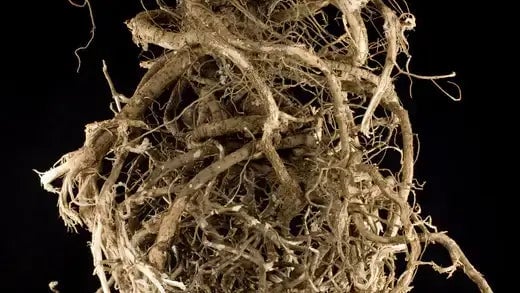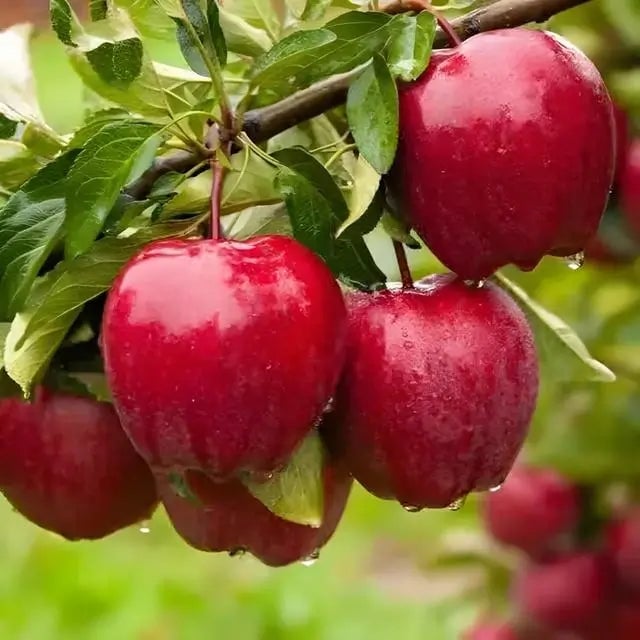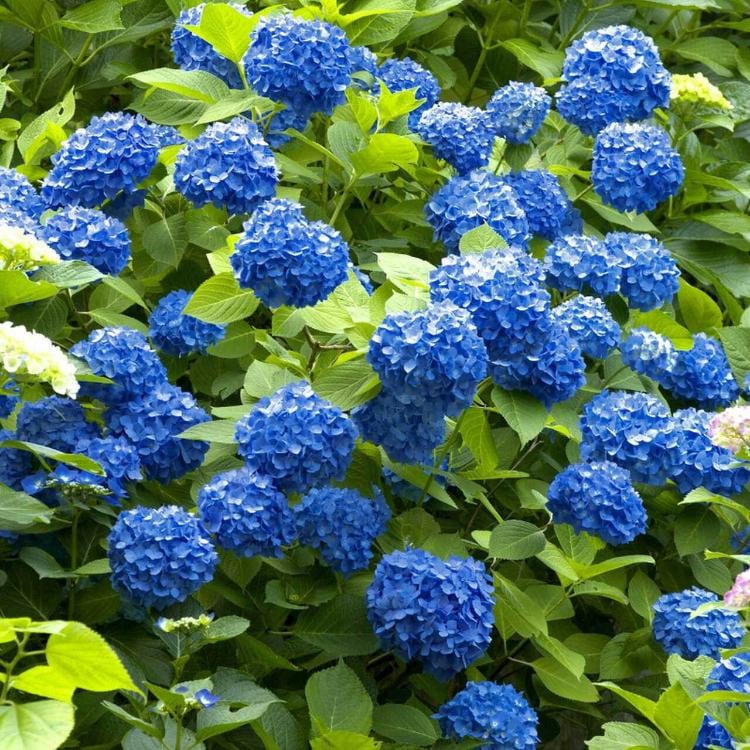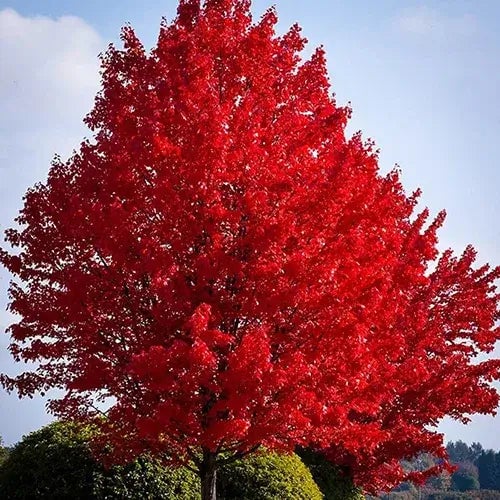Bare Root Plants and Trees are the ones that are not actively growing and are in a dormant state.
They are dug out of the ground to put into dormancy, and when they are planted again, they adapt to the new soil conditions quickly without going into a shock. Our Plant Nursery sells quality bare root plants.
Bare Root Plants are great for your landscape needs.
Many plants, fruit trees, and shrubs are planted using this technique. Some advantages of planting bare roots are that they are cheaper and weigh less than the other plants. This makes them ideal for long-distance shipping. One of the things that many people do not realize is that planting bare roots is a lot easier. Once you plant in the ground and provide moisture, the bare root plant will start growing again. Planting dormant plants save them from going into a possible shock that occurs while planting in different soil conditions. Plants generally take time to adapt and react to their surroundings, and by planting bare roots, you can make it easier for them.
Some common plants with the bare root are roses, English ivy, strawberries, raspberries, ornamental shrubs, etc. It is essential to choose the right kind of plants for your garden. If you do not have experience in handling bare roots, then you will probably not be able to tell whether a particular plant is suitable for your home garden or not.
Key things to keep in mind while choosing bare-root plants:
- When you lift the plant, the roots and rhizomes should feel heavier than the rest of the plant. This can help determine that there is moisture in the roots and they have not died. If the roots are light and dried out, then the plant will probably never grow.
- There should not be any signs of any diseases, molds, or mildew on the plants. Unhealthy plants do not grow properly and die eventually.
- Buy plants that do not show signs of any damage. Don't go in for plants with broken branches and twigs.
Consider these things if you plan to buy bare root stock for your home garden.
Savings on bare root plants when you buy a large quantity
Buying bare root trees, plants, and nursery stock saves time and money. Buying "Bare Root" is the same as buying containerized, except you are not paying the triple price for a container and soil. . When you buy the plants bare root, you are the one who is saving, not the retailer.
You get the wholesale grower prices you deserve when you buy bare-root plants from a tree nursery, bare root flowering trees, and shrubs. Our tree nurseries are state certified and offer specimen quality plants and trees.
Source to Buy Bare Root Plants in a Wide Selection
https://www.tnnursery.net
Read more
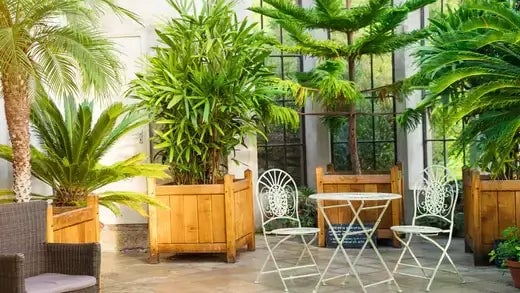
Planning your landscape can seem a bit overwhelming, and at times you might want to throw your hands in the air and be done with it. But do not worry! First, measure the landscape you have to work ...

By Tammy SonsInformation about Growing Tomatoes Upside DownGrowing tomatoes is highly rewarding as the beautiful fruits add a splash of color to your garden and taste simply delicious! If you are l...


